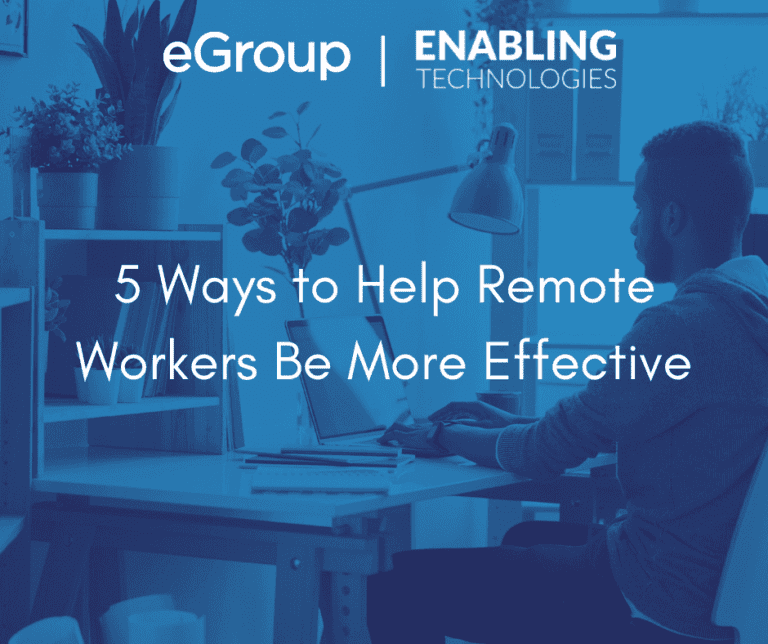5 Ways to Help Remote Workers Be More Effective

As we continue to dissect the trends in remote work, we reflect on how to optimize this new work/life style for our users. Prior to the pandemic, less than 20% of U.S. employees reported working from home 5 days or more per week. Fast forward to us closing in on the 3rd anniversary of pandemic-life and Statista is reporting that roughly 60% of the U.S. workforce is now working remote. As we’ve learned that work is what you do, not where you are– we’ve compiled 5 simple practices to help your users stay effective and protected wherever they may be.
1. Keep IT Easy Peasy
Make it easy for your users to get to the resources they require to be productive WITHOUT asking them a million times to log in and/or authenticate – nothing is more disruptive than being asked for credentials every time you need to access an app or file.
2. “Hurry! Click Here To Update Your Payment Details.” …Wait a minute, that sounds phishy.
A real time killer is sorting through those phishing emails that can cause even bigger interruptions if actually clicked. Do your users (and yourself) a favor by helping them deal with this onslaught of dubious communications.
3. Adventures in Babysitting…Devices
When helping users, you must also consider how to keep track of all those devices. This includes personal and company owned or provided assets (like phones and tablets).
4. Ground Control to Major Tom?!
Creating ways for users to communicate can be an interesting experience. We all need a few key mechanisms to get things done and communicate effectively:
5. Oil and Water Vs. Mac and Cheese!
Make sure the technology you implement works well together. Nothing can frustrate users more than a set of third-party apps and resources that work as well together as snowmobiles and summer.

Security Solutions Advisor - eGroup | Enabling Technologies
Last updated on August 15th, 2023 at 05:53 pm